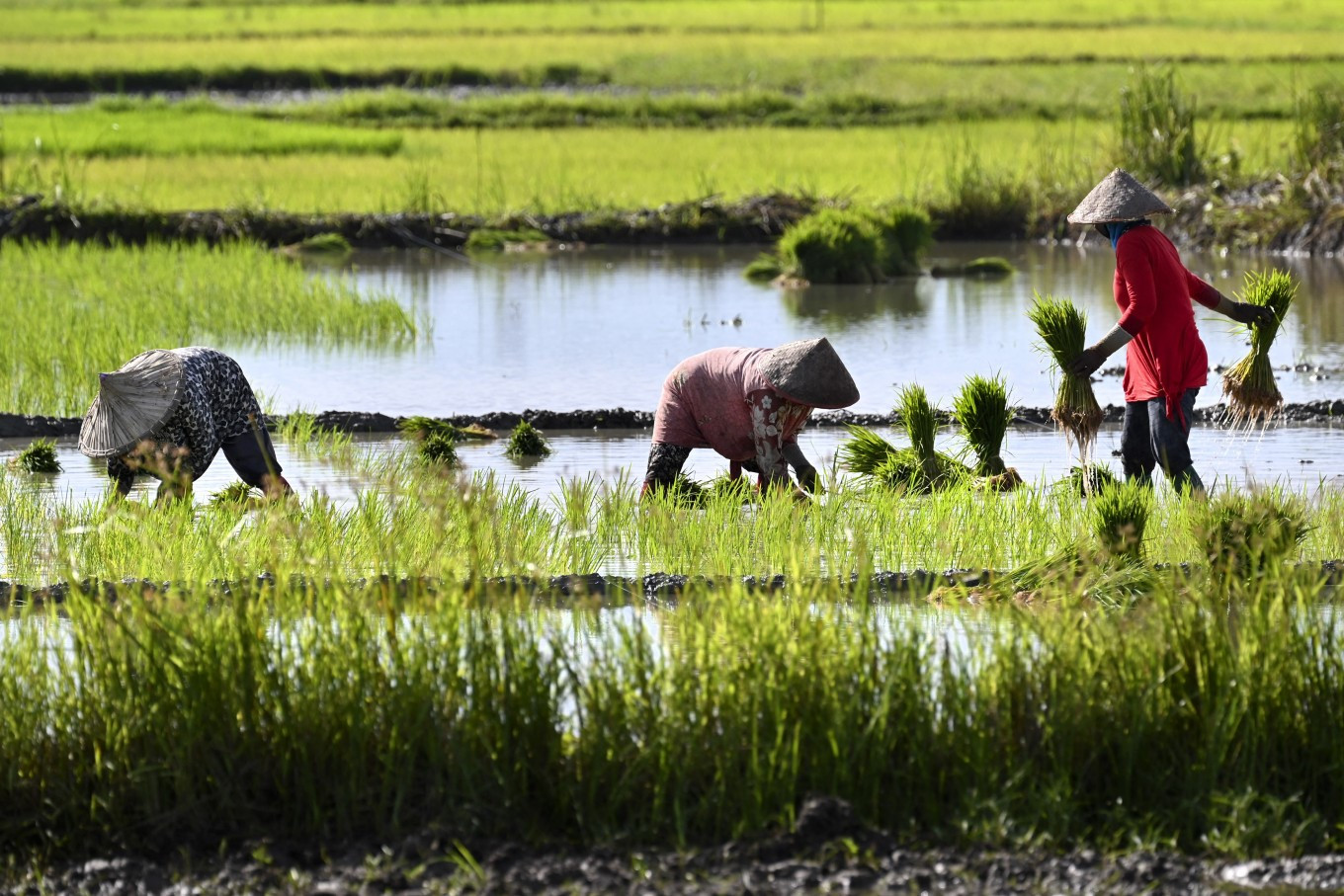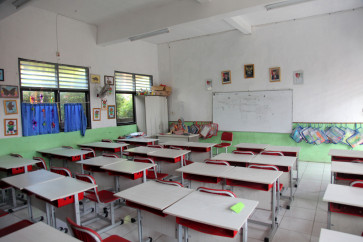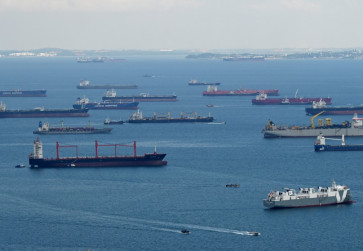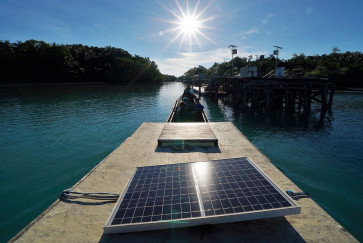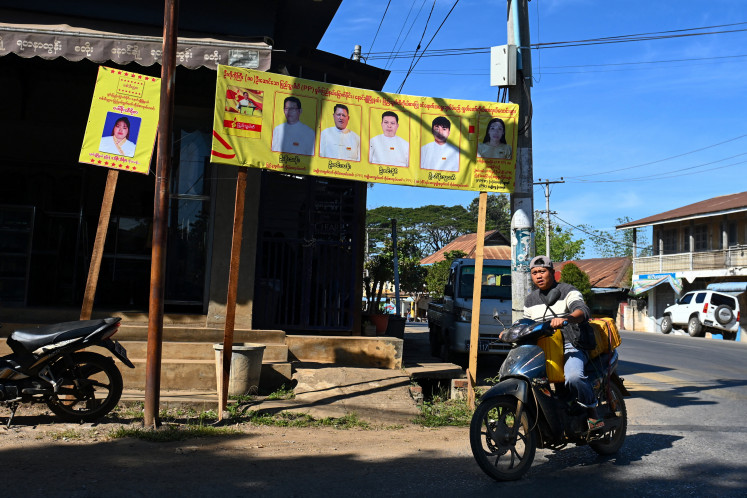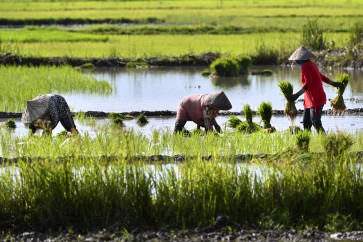Popular Reads
Top Results
Can't find what you're looking for?
View all search resultsPopular Reads
Top Results
Can't find what you're looking for?
View all search resultsFood sovereignty on fragile ground: The unfinished agrarian promise
Provinces such as Yogyakarta, East Java, and Bali report among the lowest farmer daily incomes, despite their reputations as cultural and agricultural centers.
Change text size
Gift Premium Articles
to Anyone
N
owadays, alongside government successes in boosting rice production, food self-sufficiency is frequently celebrated in official speeches. Agricultural programs are showcased as milestones of national pride. Yet more than six decades after the passage of the 1960 Basic Agrarian Law, the spirit of which National Farmers Day was meant to honor, the reality remains far from its ideals.
Every Sept. 24, National Farmers Day is marked with banners and ceremonies that hail farmers as the “backbone of the nation”. But the 2023 Agricultural Census makes clear that this backbone is bent under the weight of structural inequality.
Nearly seven out of 10 farmers (68 percent) are classified as small-scale, managing no more than 1 hectare of land, raising at most two cattle, or earning no more than Rp 26.6 million (US$ 1,596) a year, less than Rp 75,000 a day, barely enough to cover a family’s basic needs.
Even more sobering is the productivity gap. Smallholders earn on average just Rp 44,507 per working day, while larger producers can earn nearly Rp 1.9 million. The disparity is not merely about efficiency, it reflects unequal access to land, credit, markets and technology. In effect, the structure of Indonesian agriculture keeps those at the base of the food chain perpetually insecure.
The consequences are stark when compared with Statistics Indonesia’s (BPS) poverty benchmarks. As of March 2025, the national poverty line stood at Rp 2.9 million per household per month, assuming four to five members.
By this measure, most small-scale farmers fall below the threshold, making them vulnerable. It is no surprise that poverty in Indonesia remains overwhelmingly a rural and agricultural phenomenon: Around 65.36 percent of poor rural households depend on agriculture for their livelihood. Farmers are not just precarious, they are structurally bound to poverty.
The census also shows how this vulnerability is distributed across the archipelago. Provinces on Java Island, where much of the nation’s rice and horticultural crops are produced, have some of the highest proportions of smallholders.

